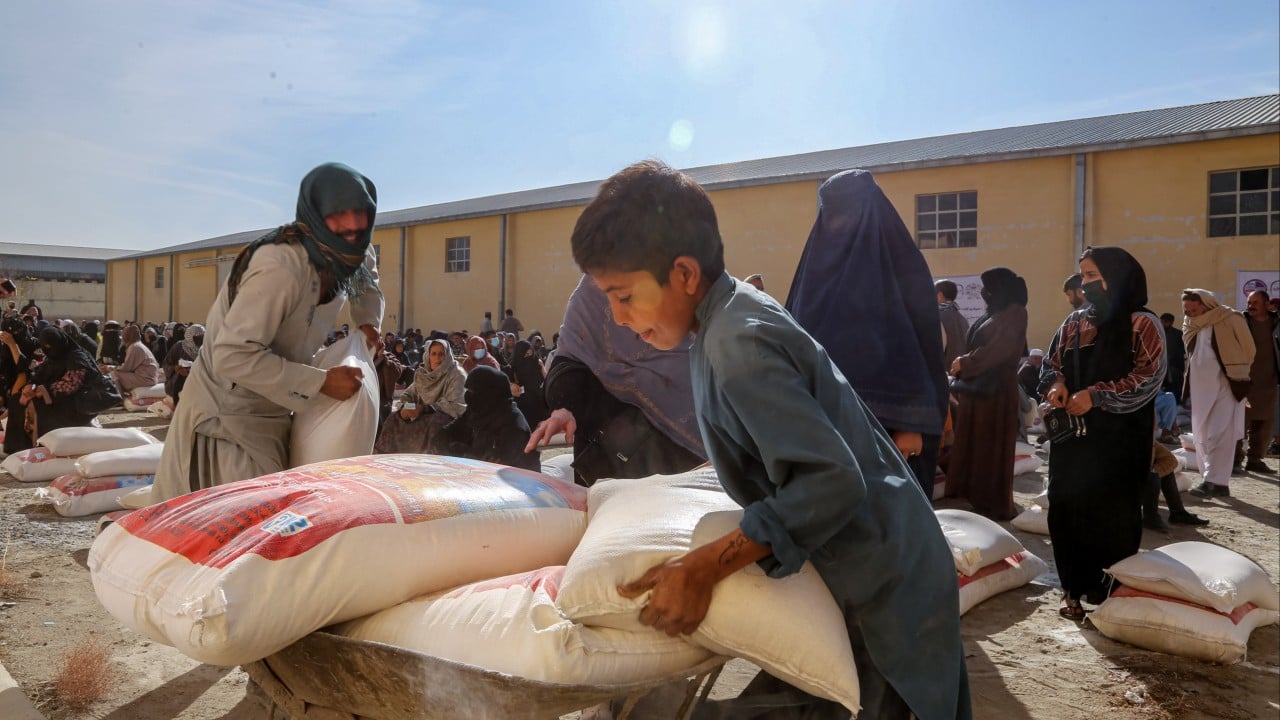Global development has undergone profound changes in recent years, driven by mounting geopolitical tensions, climate-induced disasters and persistent health crises. Traditional donor systems are facing growing fiscal pressures and shifting priorities, leading to significant reductions in aid budgets.
Advertisement
For instance, several European nations have lowered their foreign aid contributions, redirecting budgets to cover domestic issues. This has resulted in decreased funding for international development programmes.
Just last month, the United Nations announced it was seeking US$47 billion in aid for 2025 to help around 190 million people fleeing conflict and battling starvation. This comes as the 2024 aid appeal is not even half funded and there are concerns about cuts from Western states, including top donor the United States.
In this context, emerging donors from developing countries that have achieved significant economic growth should play a bigger role in addressing development challenges, through trilateral and South-South cooperation. The current international environment highlights the importance of diversified and inclusive development partnerships.
With over 60 per cent of global real economic growth originating from developing economies, these nations are uniquely positioned to shape a development agenda that better reflects the realities and aspirations of the Global South. Their initiatives can provide additional resources, fresh perspectives and context-specific solutions that strengthen the impact and inclusivity of official development assistance.

One of the most effective models of modern development cooperation is the triangular partnership. This approach fosters collaboration among traditional and emerging national development agencies, international organisations – particularly those within the UN system – and international financial institutions.

